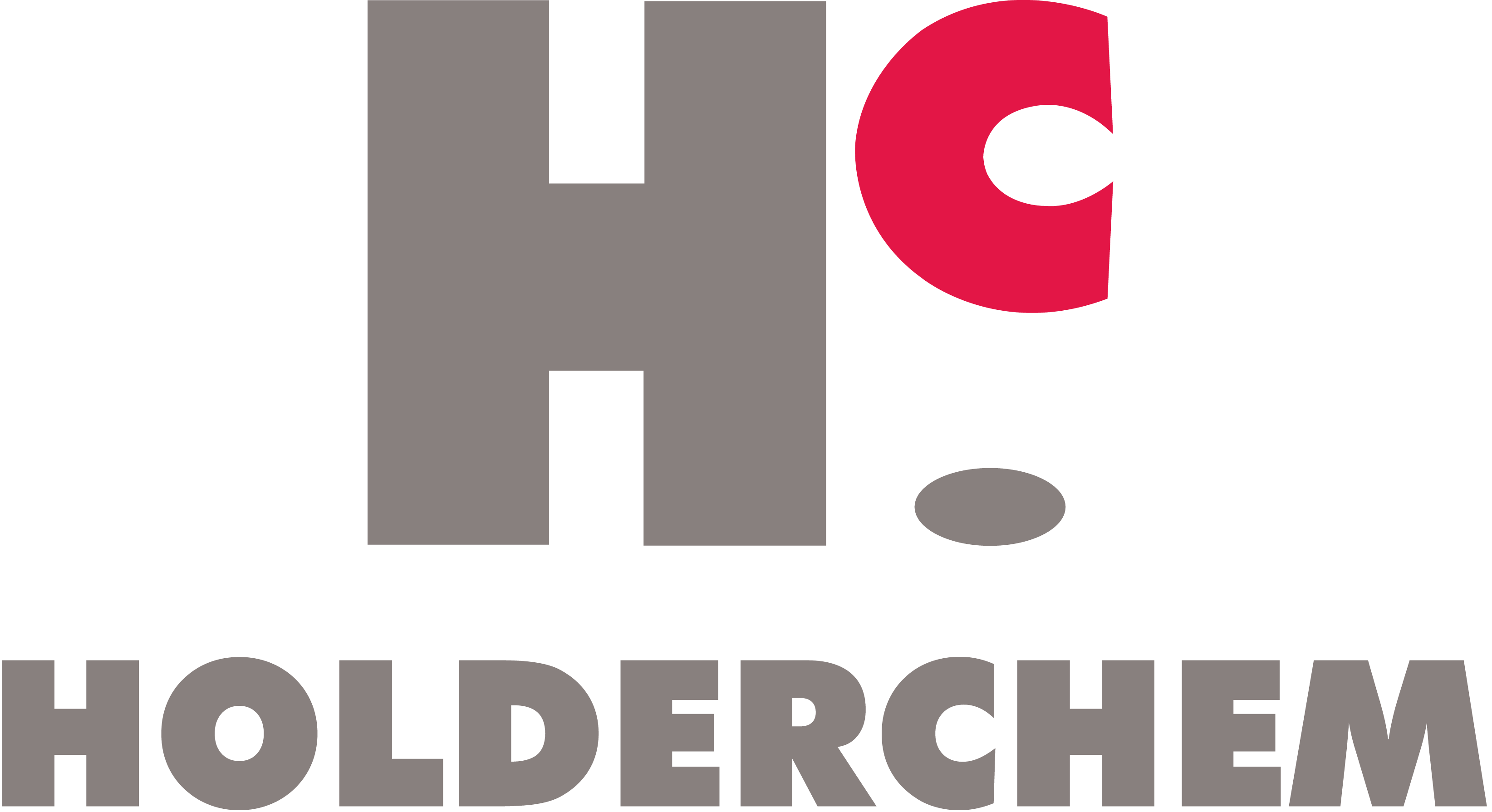Adhesives & Tile Grouts


Holderchem offers a range of adhesives and tile grouts classified as follows:
1- Tile adhesives are classified as cementitious if based on hydraulic binding agents, aggregates, and organic additives mixed with water or latex admixtures or as normal reaction adhesives when made from single or multi-component mixtures of synthetic resins, mineral fillers, and organic additives in which curing occurs by a chemical reaction, as for epoxy or urethane-based products. Holderchem tile adhesives, available in most cases in both white and gray colors, are classified as follows:
- Cementitious adhesives, which have defined characteristics relative to tensile adhesion, strength, water immersion, heat aging, and freeze-thaw and are produced to yield different setting times, slip and open time characteristics and designated accordingly. These products are also available with improved cementitious adhesives, with improved characteristics pertaining to tensile adhesion, strength, water immersion, heat aging, and freeze-thaw cycles. They are produced to yield different setting times, slip, and open time characteristics and designated accordingly.
- Reaction resin adhesives have been developed to meet standard requirements and are supplied with reduced slip characteristics if required. These products are also available with additional improved properties, differentiated by their slip, or extended open time characteristics.
2- Epoxy & acrylate-based adhesives, also known as structural or engineering adhesives, used in applications where a high strength bond is required. They are better in heat and chemical resistance than other common adhesives. They are supplied flexible or rigid, transparent or alternatively opaque and colored, and exhibit different setting times. A major application in construction includes epoxy injection adhesives for steel bar planting with anti-aging and waterproofing features. These are available as pure epoxies or alternatively as methacrylate-based styrene free resins.
3- Latex-based adhesives, also known as bonding agents, are offered as base polymers or admixtures for tile adhesives, grouts, and cementitious waterproofing and repair products. They include styrene-butadiene, styrene acrylic, vinyl acrylic or vinyl versatic copolymers, and vinyl acetate homopolymers.
4- Tile grouts developed and classified as normal setting cementitious grouts, improved cementitious grouts with additional characteristics and reduced water absorption, improved cementitious grouts with additional characteristics and strong abrasion resistance, or improved reaction resin grouts with additional characteristics.
The perceived look and quality of a tiled surface largely depends on the quality of joints and their aesthetic appearance. The color choice and the actual realization of tile joints are essential elements. To suggest the effect of natural wood, tiles are often laid without joints. Designers often select a medium intensity gray with Terracotta. It is important in making a selection to keep in mind that joints get stained, which is not the case for tiles. Aesthetically, it is often advisable to pick for joints a slightly lighter color than the tile color. Gray, and in a tonality lighter than the tile color tone, is often a good choice for tile grouts.
The Baticolor Tile Joints collection represents a good color selection to obtain a harmonious combination with tiles selected.
For further information on any of the products listed herein above, please request relevant Technical Datasheets and Material Safety Datasheets from our sales department.The supply of all our products is subject to our General Conditions of Sale Delivery and Payment